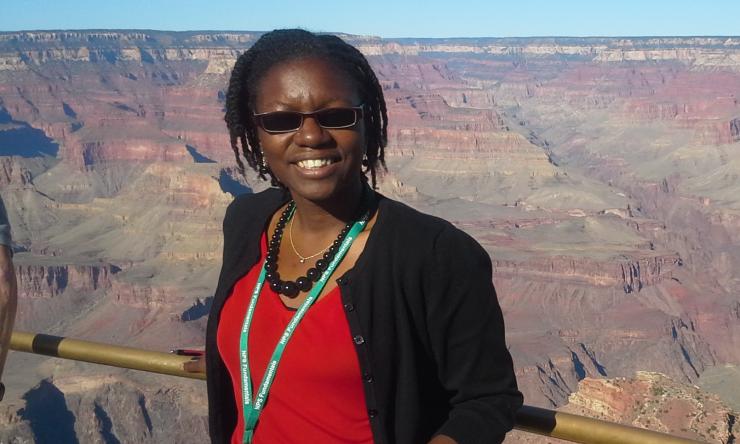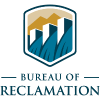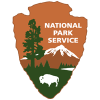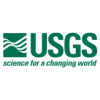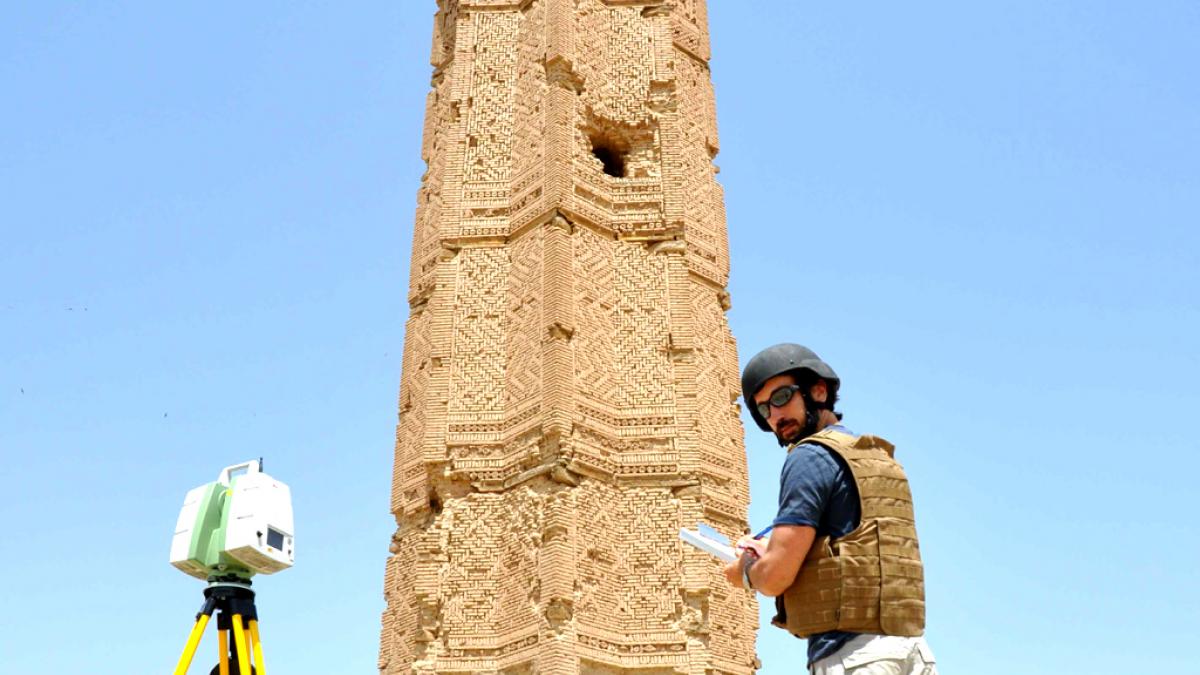
Architecture
Position Overview
Architects in DOI plan, design, and oversee construction or rehabilitation of structures and facilities from simple dike and water control structures to complicated dams, waste treatment facilities, visitor centers, bridges, fish hatcheries, and highly specialized research centers. Their creativity and technical skills help ensure that facilities are functional, structurally sound, aesthetically pleasing, and economical to operate and maintain. Historical Architects help ensure historic structures retain their character through proper maintenance and appropriate rehabilitation.
This position is represented at the following bureaus
Candidate Description
The ideal candidate is a creative problem solver with excellent visualization and communication abilities. Beyond technical knowledge of architecture, this person can also apply an understanding of project management and contracting processes.
Specialty Areas
New Construction; Historic Architecture
Work Environment
Work is performed in an office setting and also through site visits, including to construction sites where some hazards may exist and protective equipment is necessary.
Minimum Education Requirements
Please see the Individual Occupation Requirements and the Professional and Scientific Positions Group Qualification Standard on the OPM websites.
Career Level Requirements
Responsibilities by Level
Mid:
- Developing, evaluating, and advising on working drawings
- Conducting site inspections and verifying various dimensions
- Interpreting preliminary design drawings and data from site visits into plans and designs
- Producing instructions, scope of work documentation, specifications, and reports
- Integrating specifications for heating, electrical systems, landscaping, and structural aspects in design concepts and plans
- Inspecting completed construction projects to ensure architectural components are built and installed in compliance with contract provisions, specifications, and approved drawings
Journey:
- Locating and evaluating proposed sites for projects
- Preparing solicitation packages (requirements, drawings) with design guidelines and criteria for major projects
- Conducting studies concerning methods and techniques to preserve historic buildings
- Advising engineers and other professionals on unusual architectural designs
- Developing and approving cost estimates and other construction documents for complex building projects
- Reviewing designs and plans for proposed rehabilitation of historic buildings
- Overseeing and inspecting contractor work
Senior:
- Serving as a technical authority on architecture, building construction, and renovation for a region or major program area
- Coordinating work of civil, structural, mechanical, electrical and other engineers and professionals to complete large scale projects
- Developing new architectural design approaches
- Managing complex architectural rehabilitation projects for historic buildings involving sensitive public and private sector partnerships
- Solving controversial and conflicting engineering, scientific, environmental, and socio-economic issues involving architectural design standards and criteria
Strengths by Level
-
AccountabilityHolds self and others accountable for measurable high-quality, timely, and cost-effective results. Determines objectives, sets priorities, and delegates work. Accepts responsibility for mistakes. Complies with established control systems and rules.Show Tool TipMid 7-11Journey 12-13Senior 14-15
-
Attention to DetailIs thorough when performing work and conscientious about attending to detail.Show Tool TipMid 7-11Journey 12-13Senior 14-15
-
ComplianceKnowledge of procedures for assessing, evaluating, and monitoring programs or projects for compliance with Federal laws, regulations, and guidance.Show Tool TipMid 7-11Journey 12-13Senior 14-15
-
Creative ThinkingUses imagination to develop new insights into situations and applies innovative solutions to problems; designs new methods where established methods and procedures are inapplicable or are unavailable.Show Tool TipMid 7-11Journey 12-13Senior 14-15
-
Customer ServiceWorks with clients and customers (that is, any individuals who use or receive the services or products that your work unit produces, including the general public, individuals who work in the agency, other agencies, or organizations outside the Government) to assess their needs, provide information or assistance, resolve their problems, or satisfy their expectations; knows about available products and services; is committed to providing quality products and services.Show Tool TipMid 7-11Journey 12-13Senior 14-15
-
Decision MakingMakes sound, well-informed, and objective decisions; perceives the impact and implications of decisions; commits to action, even in uncertain situations, to accomplish organizational goals; causes change.Show Tool TipMid 7-11Journey 12-13Senior 14-15
-
FlexibilityIs open to change and new information; adapts behavior or work methods in response to new information, changing conditions, or unexpected obstacles; effectively deals with ambiguity.Show Tool TipMid 7-11Journey 12-13Senior 14-15
-
Interpersonal SkillsTreats others with courtesy, sensitivity, and respect. Considers and responds appropriately to the needs and feelings of different people in different situations.Show Tool TipMid 7-11Journey 12-13Senior 14-15
-
Oral CommunicationExpresses information (for example, ideas or facts) to individuals or groups effectively, taking into account the audience and nature of the information (for example, technical, sensitive, controversial); makes clear and convincing oral presentations; listens to others, attends to nonverbal cues, and responds appropriately.Show Tool TipMid 7-11Journey 12-13Senior 14-15
-
Problem SolvingIdentifies problems; determines accuracy and relevance of information; uses sound judgment to generate and evaluate alternatives, and to make recommendations.Show Tool TipMid 7-11Journey 12-13Senior 14-15
-
Project ManagementKnowledge of the principles, methods, or tools for developing, scheduling, coordinating, and managing projects and resources, including monitoring and inspecting costs, work, and contractor performance.Show Tool TipMid 7-11Journey 12-13Senior 14-15
-
ReasoningIdentifies rules, principles, or relationships that explain facts, data, or other information; analyzes information and makes correct inferences or draws accurate conclusions.Show Tool TipMid 7-11Journey 12-13Senior 14-15
-
TeamworkEncourages and facilitates cooperation, pride, trust, and group identity; fosters commitment and team spirit; works with others to achieve goals.Show Tool TipMid 7-11Journey 12-13Senior 14-15
-
Technical CompetenceUses knowledge that is acquired through formal training or extensive on-the-job experience to perform one's job; works with, understands, and evaluates technical information related to the job; advises others on technical issues.Show Tool TipMid 7-11Journey 12-13Senior 14-15
-
WritingRecognizes or uses correct English grammar, punctuation, and spelling; communicates information (for example, facts, ideas, or messages) in a succinct and organized manner; produces written information, which may include technical material, that is appropriate for the intended audience.Show Tool TipMid 7-11Journey 12-13Senior 14-15
Common Pathways
Candidates who made this career change most commonly held these occupations...
Civil Engineering
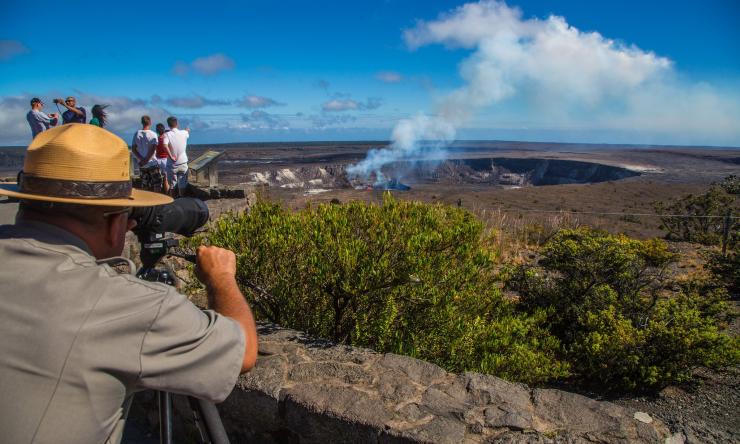
General Engineering

History
